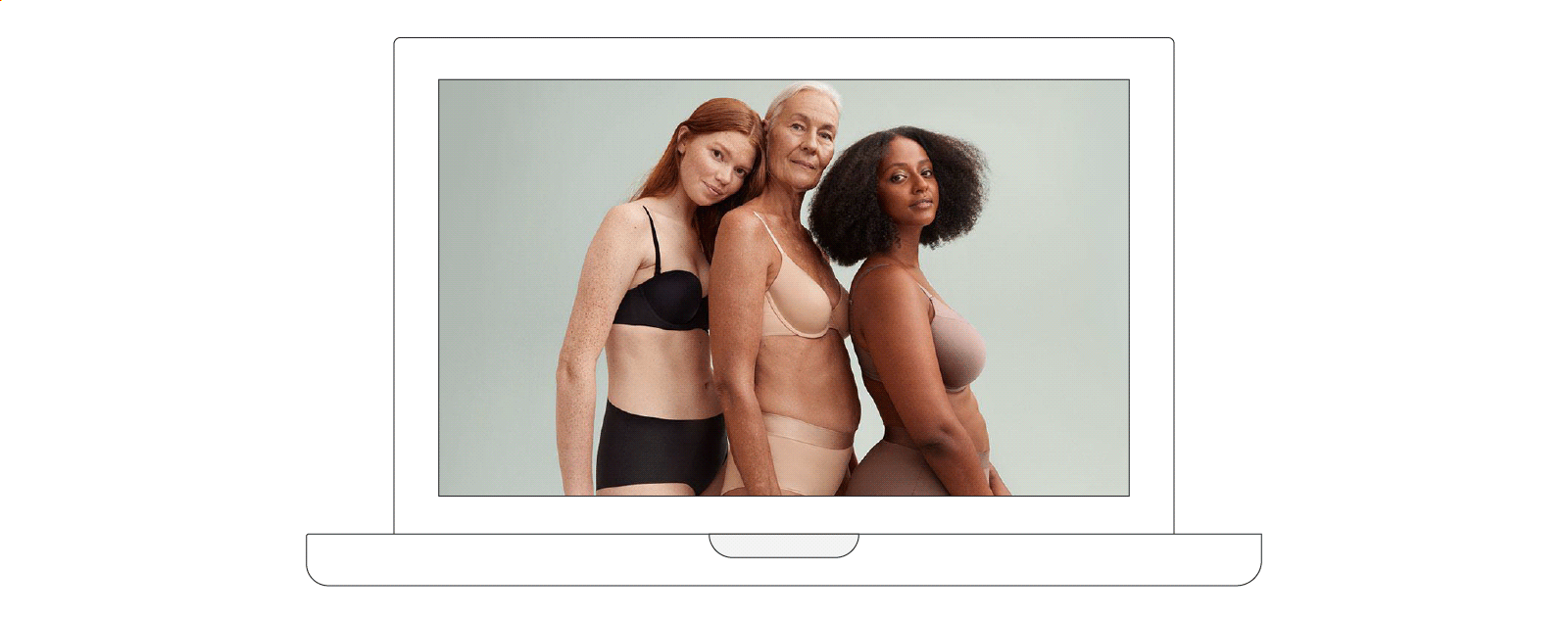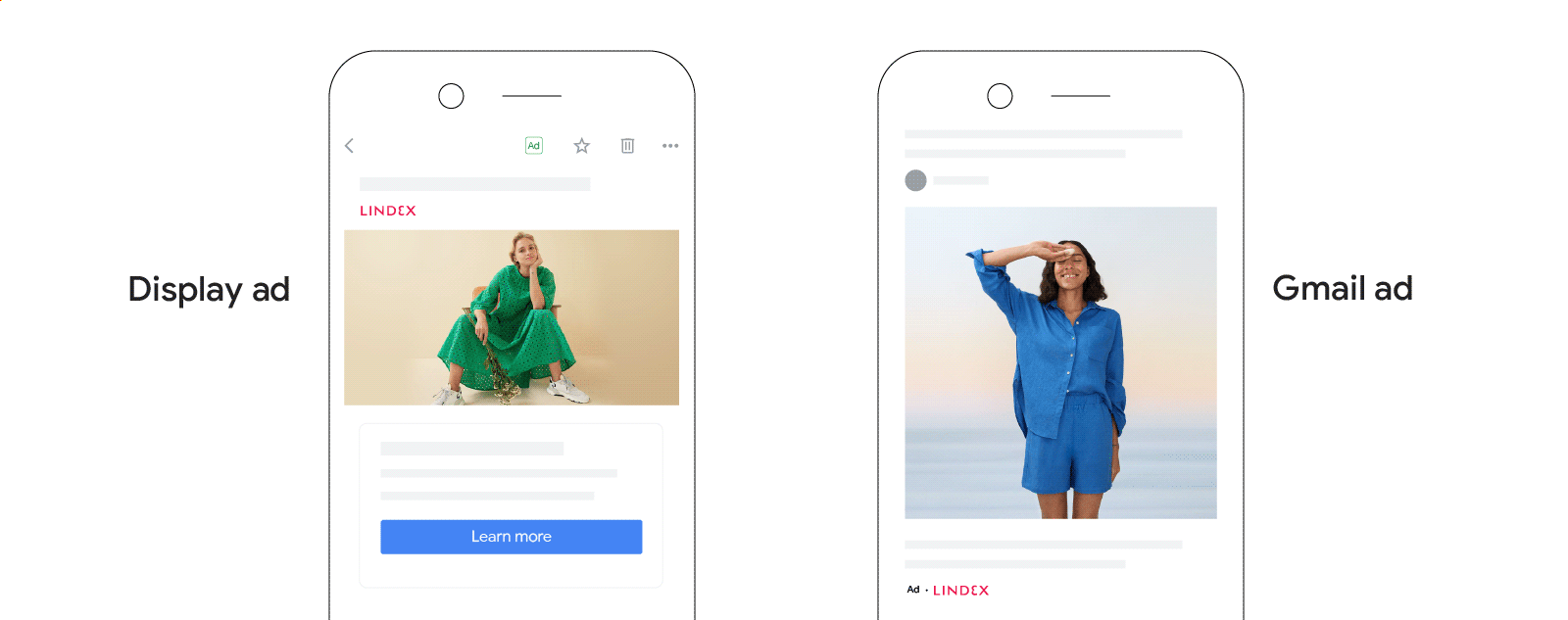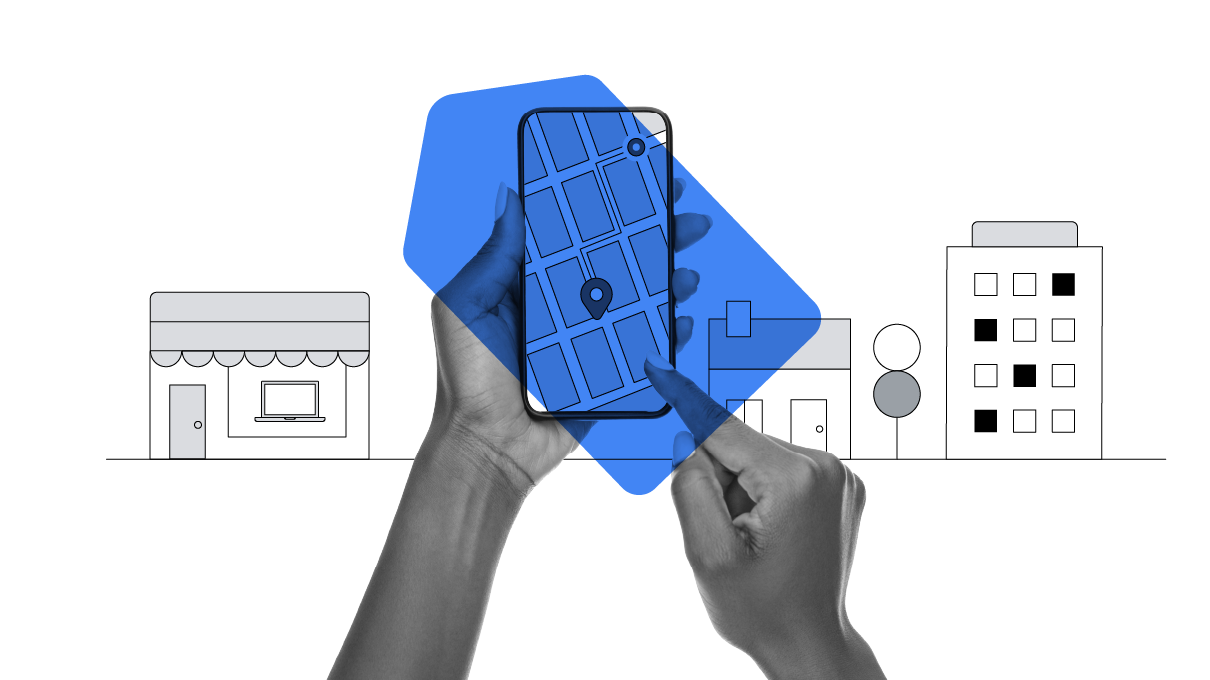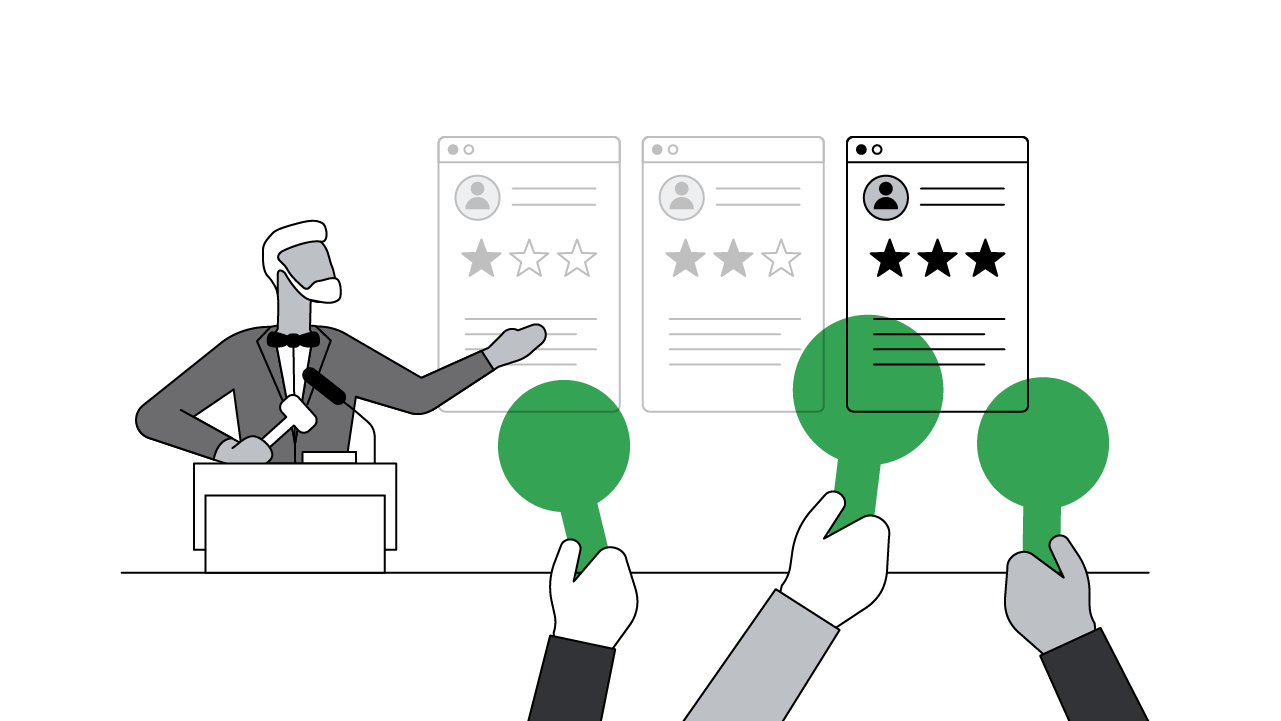Linda Olsson is director of global marketing at Swedish fashion retailer, Lindex. Dagna Wahlborg is Lindex’s digital marketing strategist. Together, they’ve been at the helm of the retailer’s digital advertising strategy.
It’s been over 70 years since Lindex first opened its doors. Back then, it was a small lingerie store just outside of Gothenburg, Sweden. Fast forward to today, and we have managed to build an omnichannel presence in 18 markets globally, with sales being made across our physical stores, our ecommerce site, and third-party platforms.
While we started out as a retailer, this international, multi-channel presence encouraged us to really think about what we stand for as a brand. We’ve always prided ourselves in knowing the female body and our ability to design clothes that are comfortable and have the right fit, so we’ve been bolstering our profile around that. We want to inspire and empower women all over the world.

Having that strong brand identity certainly helps us show up more consistently across channels. But still, the fragmented media landscape we’re facing today is challenging — especially since consumer behaviours are constantly changing.
To reach our audiences more effectively across channels, we shifted our digital ad strategy from manual bidding to Smart Shopping campaigns a while ago. This led to significant online growth, but after a while, we realised it wasn’t helping us in reaching new audiences. To sustain our growth, we needed to find a way to expand our reach beyond the platforms we were already using.
A streamlined ad solution
Working with Google, we decided to try out Performance Max campaigns when it first launched in our region earlier this year. By enabling us to consolidate our ads across channels including Search, YouTube, Display, Discover, Gmail, and Maps, it seemed like the perfect way to find and connect with new audiences.
But there was a lot we didn’t know. It would be the most automated campaign we’d ever run, and required extending our presence to platforms we hadn’t used before. This meant we had little insight into how it would impact our inventory or how we’d actually show up on all those different channels. To find the answers, we harnessed our test-and-learn mindset and decided to roll it out and go from there.
Learning on the job
We selected Norway as our trial market so that we could understand how Performance Max would actually differ from the Smart Shopping campaigns we’d come to rely upon. We learnt a lot during this phase.
Working closely with the Google team, we were able to make constant optimisations to our setup. This showed us that while the campaign was more automated than we were used to, there was still room for us to tailor our ads and, with that, our online presence.

We started off by using the assets — text and visuals — we already had available, which the machine learning model then combined to create customised ads for each channel. Using the first-party data gained from the Lindex membership club, the model was also able to identify high-value customers, ultimately leading to a more efficient budget spend.
Although it’s still early stages, we’ve already seen our ROAS increase by 27% since we started using Performance Max. As this confirms that it’s helping us reach new audiences, we’re now rolling it out in all the markets we operate in.
Matching operations and strategy
As we enter this next phase, we’re putting a stronger focus on stretching our creative muscles. We previously never spent much time on our assets for paid Search ads as it wasn’t a priority. Now that they’re appearing on a wider range of channels, we’re keen to put more thought into them — and how they work for different stages of the customer journey.
For the first time, our creative teams are having to think about how something will look on Shopping or Search. This has fundamentally changed the dynamic between our teams and we’re working much more cross-functionally now.

We want everyone in our marketing team to think about how we can best approach our customers in an engaging and effective way. So just like we’ve connected our digital campaigns, we’re looking to connect our marketing operations.
While we’re building out our brand profile around female empowerment, Performance Max has really pushed us to think about what that presence should look like across channels. We want people to get the same brand message no matter at which channel or part of the funnel they meet us. As we’ve always been very performance-driven, this is a relatively new area for us that we’re very keen to explore and succeed in.







